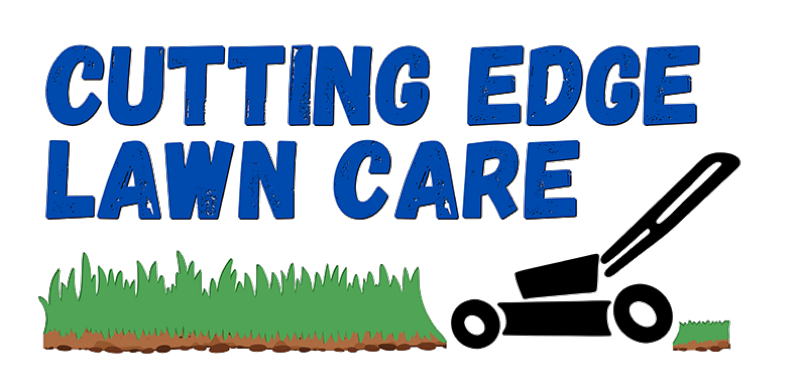How to Remove a Tree
STEPS FOR REMOVAL
THE PREP
- Examine the area around your tree for any objects that may interfere such as: Other trees, fences, wires, gardens, cars, etc.
- Observe in which direction the tree is leaning. The most likely direction of a fall would be in the direction of the natural lean. Check the tree for hazards or defects, such as dead or hanging branches. Holes or notches in the tree may indicate hollow or rotten areas within the tree. Rotten or hollow trees are best left to tree service professionals. This is because you cannot easily control the direction your tree will fall. The tree will fall quickly, creating life threatening situation or damage to your property.
- Establish a landing zone – This is the zone where you want the tree to fall. It should be clear of all obstacles or physical structures.
- Before cutting, establish two escape paths that you can use when the tree falls. One on each side of the tree away from direction of the falling tree.
Once you've decided to remove the tree and you've checked the surrounding areas for hazards, it’s time to start cutting! The selected tool depends on the size of the tree. Big trees need chainsaws and, small trees can be cut with hand saws. If you are not familiar with using a chainsaw, please get professional tree service to do it for you.
Remember that tree removal is a time-consuming process. Make sure to take your time and don't be in a rush to finish. Rushing a tree removal can cause serious injury or damage to your property.
FELLING A TREE
- Notch Cut: A proper Notch Cut is essential to safely removing large trees because it works as a guide to where the tree will fall. A V-shaped notch cut on the side of the tree in the direction you want it to fall. The best V-shape is a 90-degree cut rather than the usual 45 degree cut. The 90 degree cut leaves extra space for the tree to fall before the notch closes, giving it more control. The undercut should be about 1/4 the diameter of the trunk in depth.
- Back Cut: The Back cut is the final cut and is made about 2 inches above the hinged portion of the notch cut. This rear cut releases the stress on the back of the tree, causing it to fall. DO NOT make the Back cut lower than the Back cut. This reverses the role of the two cuts. DO NOT cut through the hinge of the notch cut as you will lose all control of the tree. In summary, the orientation of the falling tree can be controlled with a notch cut and a Back cut.
- When the trees start to fall, stop cutting and pull the chainsaw out of the back cut. Turn your chainsaw off and take one of the escape paths you previously established. Don't stand by the tree as it is falling. A falling tree can bounce backwards and cause serious Injury.
Congratulations! At this point, if performed correctly, the tree has fallen into the desired landing zone and is resting firmly on the ground. Now all you have to do is cut up the tree and dispose of properly. If you are going to use the tree as firewood, cut it into about 24-inch logs. You will want to avoid running the chainsaw into the ground as this will dull your chainsaw. All the limbs are to be cut a length that is suitable for disposal and disposed of by your local waste service. Remember, when in doubt... call a professional tree service!
